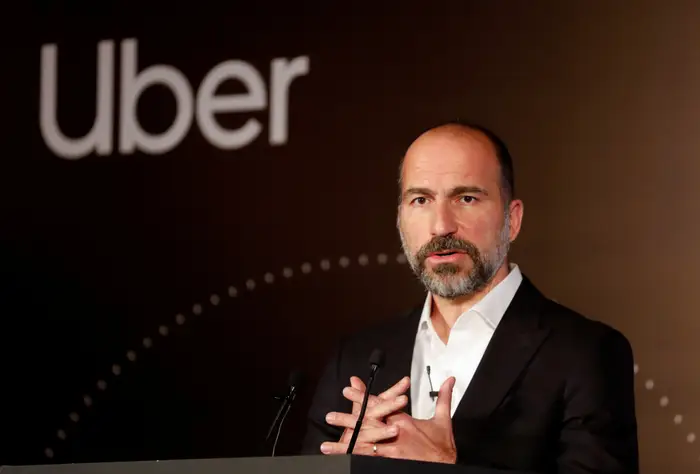Struggling with buy now, pay later? You’re not alone

Buy now, pay later (BNPL) has quickly become one of America’s preferred payment methods, particularly among young consumers. The premise of BNPL is straightforward: you get to divide a large purchase into four equal interest-free installments, which are usually due every two weeks.
BNPL products are frequently marketed as a less risky alternative to credit cards, and they can be. However, the illusion of low payments can lead to overspending, resulting in loan stacking and financial risk. Fortunately, there are some solutions.
What exactly is loan stacking?
Loan stacking is the simultaneous handling of multiple loans (or credit products) with the same characteristics and payment terms. Loan stacking is one of the most common risks among BNPL users, according to a recent Consumer Financial Protection Bureau (CFPB) report.
BNPL platforms typically approve users based on a soft credit check, as opposed to other credit products that require a hard credit pull. As a result, they are unaware of the user’s true financial situation and creditworthiness, as well as whether they have multiple BNPL loans with other platforms.
Users can easily overspend due to the lack of guardrails and the initial payment requirement of 25% of the total purchase, increasing their chances of default.
The Impact of Stacking BNPL Payments on Consumers
According to a new Morning Consult report, despite the fact that most BNPL users have higher incomes ($50,000 and above), they are more likely to have debt than the average consumer in multiple categories. Credit card debt, medical debt, and student loan debt are examples.
The higher debt loads among BNPL users may explain why many are struggling to make payments. One-quarter of BNPL customers missed a payment in August, according to the report. 25% of those polled had also paid late fees.
Furthermore, 27% of BNPL users who missed a payment in August saw a drop in their credit scores, and 22% said they’d recently dealt with at least one debt collection agency.
Furthermore, one-third of BNPL users reported using credit cards to pay off their BNPL balances rather than bank accounts, which could be a red flag.
“If their personal debt situation deteriorates, these figures may rise, causing real problems for these users at a time when interest rates are already high.” This could lead to financial difficulties among a population whose financial well-being is deteriorating,” according to Morning Consult’s report.
What should you do if you’re having trouble making your BNPL payments?
If you’re already having trouble keeping up with your BNPL payments, there are some solutions available, including the following:
—Ask for a payment extension: Some BNPL platforms allow you to change — or extend — your deadline, which can save you from missing or late payments. Klarna, for example, provides a 14-day payment extension upon request.
—Contact your lender: If extending your due date does not help, the next step is to contact the BNPL lending platform and inquire about any hardship programs that may be available. This is especially useful if your financial situation has changed significantly since you took out your loan (hours cut, job loss, etc.).
—Use a credit card with a 0% introductory rate: If you have good credit and are eligible for a credit card with a 0% introductory rate, you could transfer multiple BNPL balances into that account. This can buy you some extra time to pay off your balance without incurring interest. However, you must be extremely cautious and disciplined when using this option, and you must avoid incurring additional debt while paying off your balance. Otherwise, you will be defeating the purpose of using the credit card and risking your financial situation worsening.
—Think about getting a personal loan: If you have multiple BNPL balances of $1,000 or more, getting a personal loan can help you consolidate that debt and pay it off quickly. This is due to the fact that personal loans, particularly debt consolidation loans, typically have lower interest rates than most credit cards. To avoid long-term consequences, you must be extremely cautious with your finances and avoid adding any unnecessary debt to your portfolio once you take out the loan.
In conclusion
When using BNPL, it’s easy to lose track of your spending, which can lead to financial problems — especially if your financial circumstances change. If you’re having trouble keeping up with payments, there are solutions, but you must be proactive for them to work.





